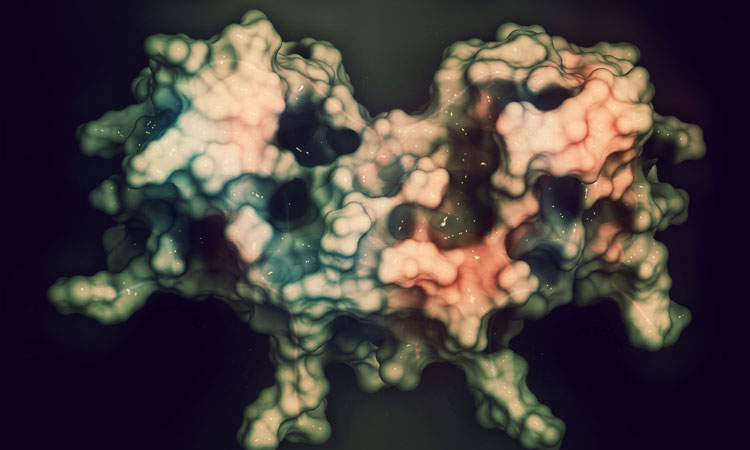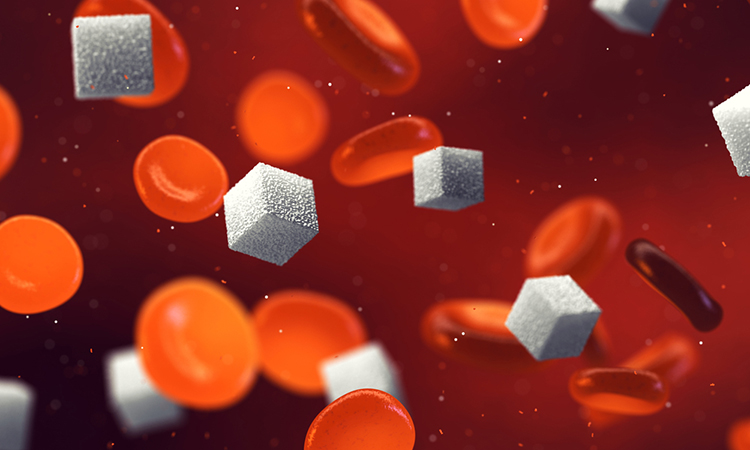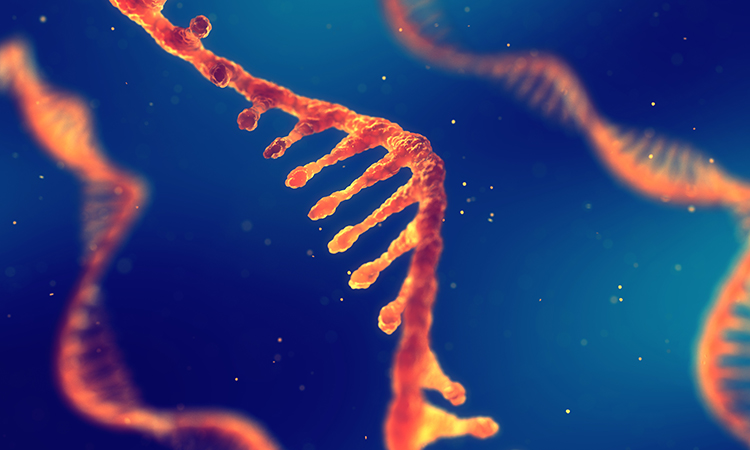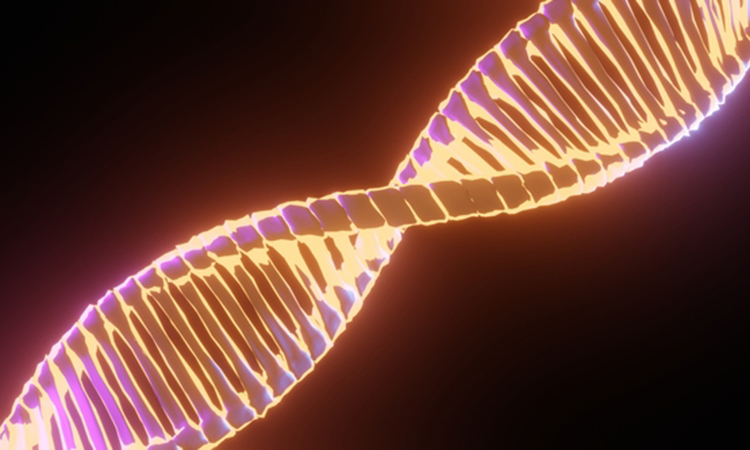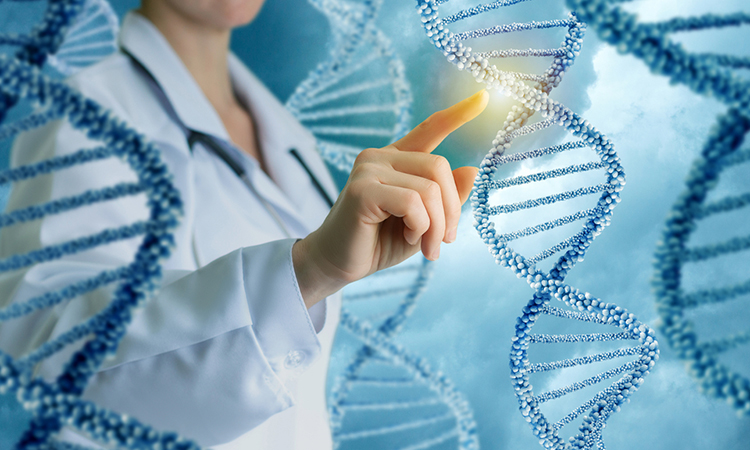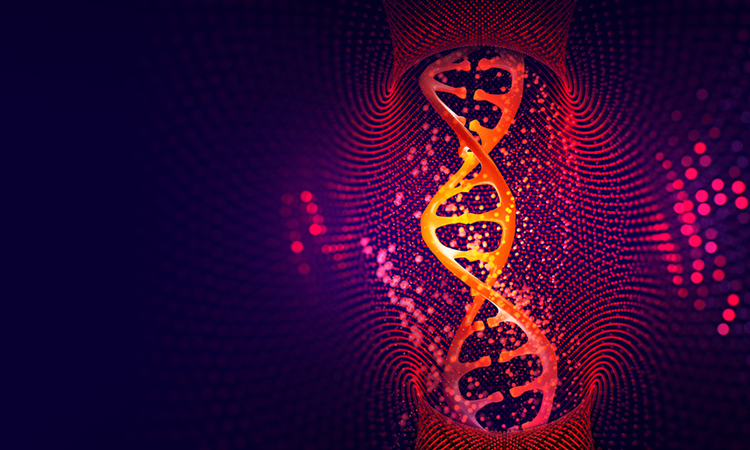Triggering ferroptosis in cancer cells
A new study from the University of Michigan Rogel Cancer Center, US has revealed that a cytokine and a fatty acid can work together to trigger ferroptosis. Here, Dr Weiping Zou, the lead researcher from the study, outlines how this process could be used to target cancer cells and enhance immunotherapies.



